Chapter
3-Wave
Phenomenon
(many thanks to the Physics in the Classroom Website)
(many thanks to the Physics in the Classroom Website)
A
longitudinal wave is a wave in which
particles of the medium move in a direction parallel
to the direction which the wave moves.
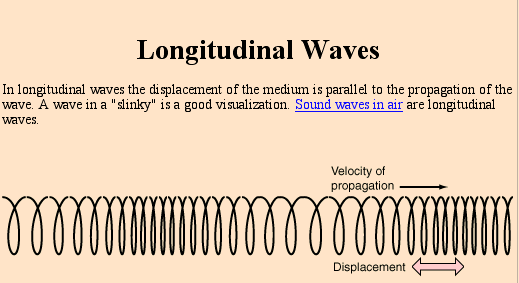
A
transverse wave is a wave in which
particles of the medium move in a direction perpendicular
to the direction which the wave moves.
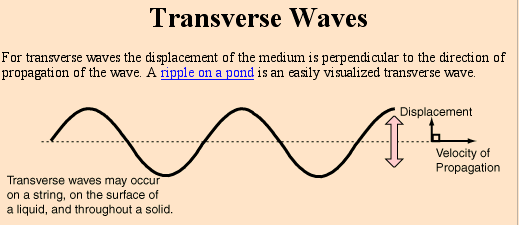

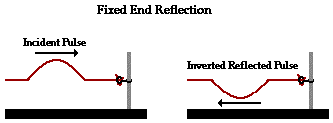
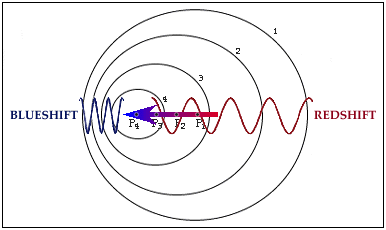
ECHOLOCATION
and how it works. Bats send out sound waves using their mouth or nose.
When the sound hits an object an echo comes back. The bat
can identify an object by the sound of the echo. They can even tell the
size, shape and texture of a tiny insect from its echo. Most bats
use echolocation to navigate in the dark and find food.
In addition to bats, echo location is used by whales, porpoises, dolphins, seals, shrews, tenrecs, oil birds, and several species of swiftlets. It is the small, insectivorous bats, the Microchiroptera, that have highly developed echo location abilities which account for 70% of all bat species.
The elaborately designed noses of echo locating bats is somehow connected to their sonar abilities but scientists have not yet figured out the exact function.
Bats fly with their mouths open, not to look vicious, but because they are echo locating. Almost all echo locating calls are out of the range of human hearing. Humans can hear sounds up to 20 kilohertz but bats echo locate in the 9 - 200 kilohertz range. Most of the squeaks and squawks bats make in their roost is not echo location.
If human ears could hear the echo locating of bats our nights would be very noisy. Some bats echo locate as if "shouting", operating at loud as 110 decibels or the loudness of a smoke alarm. Others echo locate by "whispering" at 60 decibels, the level of normal human conversation.
In addition to bats, echo location is used by whales, porpoises, dolphins, seals, shrews, tenrecs, oil birds, and several species of swiftlets. It is the small, insectivorous bats, the Microchiroptera, that have highly developed echo location abilities which account for 70% of all bat species.
The elaborately designed noses of echo locating bats is somehow connected to their sonar abilities but scientists have not yet figured out the exact function.
Bats fly with their mouths open, not to look vicious, but because they are echo locating. Almost all echo locating calls are out of the range of human hearing. Humans can hear sounds up to 20 kilohertz but bats echo locate in the 9 - 200 kilohertz range. Most of the squeaks and squawks bats make in their roost is not echo location.
If human ears could hear the echo locating of bats our nights would be very noisy. Some bats echo locate as if "shouting", operating at loud as 110 decibels or the loudness of a smoke alarm. Others echo locate by "whispering" at 60 decibels, the level of normal human conversation.

The cool water keeps the air near the water cool, but the early sun has begun to heat the air higher up, creating a "thermal inversion". The fact that the speed of sound is faster in warmer air bends some sound back downward toward you - sound that would not reach your ear under normal circumstances. This natural amplification over cool bodies of water is one of the few natural examples of sound refraction.
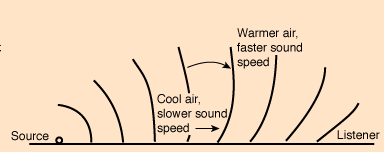
Classic
Two-Slit Experiment
OK, let's see what happens when we shine laser light through two slits and onto a wall. Press the light source button below to see the interference pattern... many thanks to Physics 2000
OK, let's see what happens when we shine laser light through two slits and onto a wall. Press the light source button below to see the interference pattern... many thanks to Physics 2000
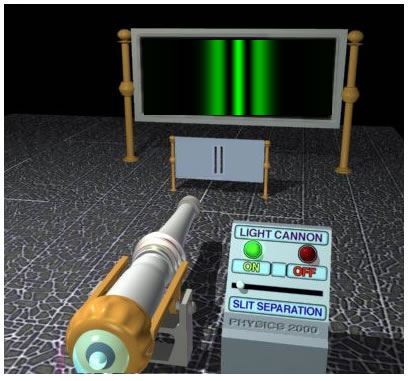
Constructive
and Destructive Wave Interference
Take a look at the bright and dark areas in the diagram. The dark areas are areas of destructive interference. The bright areas are areas of constructive interference.
Take a look at the bright and dark areas in the diagram. The dark areas are areas of destructive interference. The bright areas are areas of constructive interference.
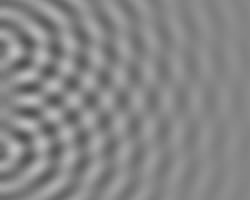
This
chapter has dealt with many new concepts and lots of terminology. Be able
to distinguish between many different aspects the wave nature of sound.